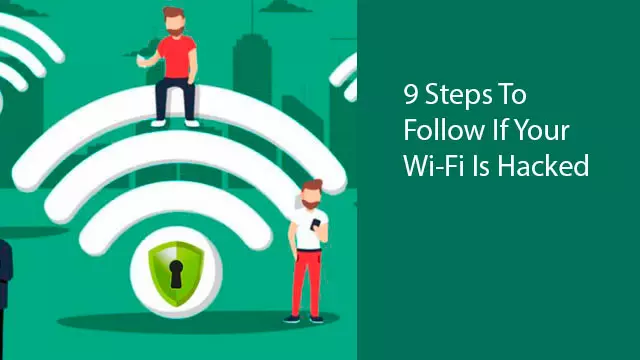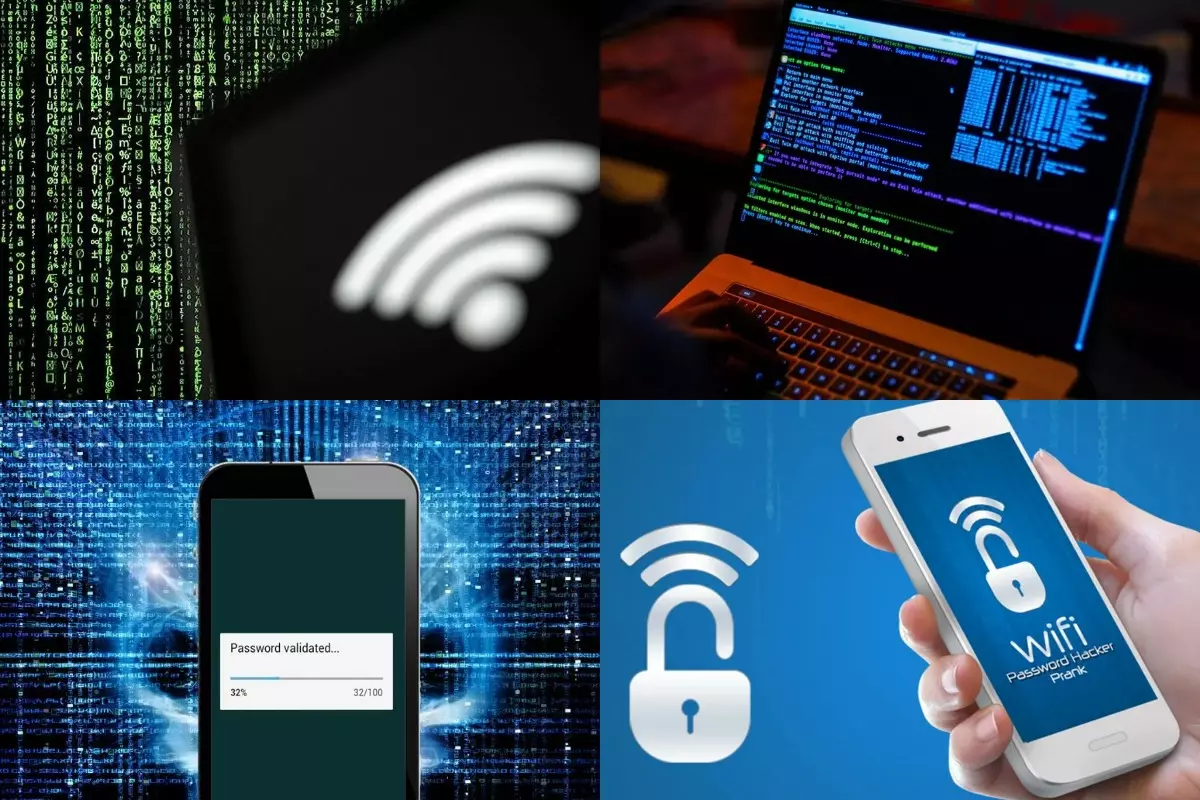Maybe you’ve found yourself wondering: How do I know if my WiFi is being stolen? Is my WiFi a secure connection? Maybe someone has hacked into your connection and is using it to connect their devices, or even worse, maybe they are accessing your personal data! Here are the fundamental steps you should take in case your Wi-Fi is being exploited by third parties.
Step 1: Prevention
The first step should always be taken before a possible hacking, and is none other than prevention. The use of too common routers, weak encryption (or non-encryption) and simple passwords are errors that must be avoided from the first moment. The best solution to a hack is simply that it never happens! That’s why you should create complicated password. Also it’s better not to use public Wi-Fi for financial operations.
Step 2: Disconnect your devices
But what to do if the hacking has already occurred? The first thing to do if you suspect that your Wi-Fi network is compromised is to disconnect all your devices and turn off the router. If someone has access to your Wi-Fi they can have access to all the data stored on your PC, your phone or even your TV. It is VERY important to cut that access from the very first moment.
Step 3:Disinfect your devices
With the network disconnected and your devices safe, it’s a good time to pass the antivirus on to your phone and PC and remove any malware that may have infected them. If your PC has an active trojan, it will re-exploit the vulnerabilities of your network as soon as you reconnect it and your data will be exposed again. It is necessary to stop this risk as soon as possible.
Step 4: Reset the router to factory settings
Now that your devices are disinfected we can reset the router to factory settings. This will remove any external modifications that may have been made to the accesses to your router and will close the doors that the hacker left open. But beware! Restoring the router is not the same as simply restarting it. You will need to carefully follow the steps in the manual to leave it as if it had just come out of the box.
Step 5: To change the factory configuration of the router
Wait, what? Didn’t you just say reset the router to factory settings? That’s right. First you need to reset your router to its factory settings to remove possible open accesses, but now it’s time to prevent the previous hacking from happening again. Many routers come with a default username and password that are terribly common: admin, 1234, password… These are standard terms that are meant to be used only on the first access, and then should be changed to prevent a hacker from accessing the router configuration with the same ease. Now is the time to give our router a much more secure username and password.
Step 6: Strengthen encryption
Do we already have a new username and password? Excellent! What if we now make sure that the encryption of our network is shielded? Many routers offer different options when it comes to encrypting our information. If you can choose between WPA and WPA2, don’t even think about it: WPA2 is much safer.
Step 7: Reinforcing the password
However, strong encryption is of no use if the access password is our dog’s name, our year of birth or simply ‘password’. Hackers often gain access to networks using psychological, not computer, techniques to find out a password. The best way to prevent this is to think of a password that is impossible to guess. For greater security you can choose a completely random one with a password generator.
Step 8: Renew IP
Now we have all our devices clean and a router free of hackers, with all access secured and with a strong encryption and passwords. You are now ready to browse, but, if you want, you can go one step further and renew your IP.
Or get you a more efficient one. Maybe that AVG Free you have installed is not the best option to keep your computer protected. If you want to have a higher level of security, you should bet on an antivirus that is more robust. Bitdefender, ESET and Norton are some of the best options, but there are also other alternatives that may be more suited to your needs.
Step 9: Using a VPN
To be safe now, how about using a VPN to connect to the network? In this way, all your browsing will be done from an external server that will maintain an encrypted connection with your device at all times. This multiplies the security of your connection and will make it doubly difficult for any hacker trying to access your data.
Conclusion
In the face of a possible hacking of our networks, prevention is paramount. A generic router, a simple password and poor encryption pave the way for hackers, so it is very important to take care of all these aspects to keep your Wi-Fi safe. If hacking occurs, it is essential to disconnect all devices, turn off the router as soon as possible and erase all traces of the hacker by passing an antivirus and restoring the factory settings of the router. Then, with the devices and the network already clean, it’s time to learn from the mistakes and reinforce security as much as possible: change users and passwords, activate the highest level of encryption of the router and update the antivirus. As an extra help, it wouldn’t hurt to start using a VPN to further protect your connection. And now you’re ready to surf again in complete safety.





